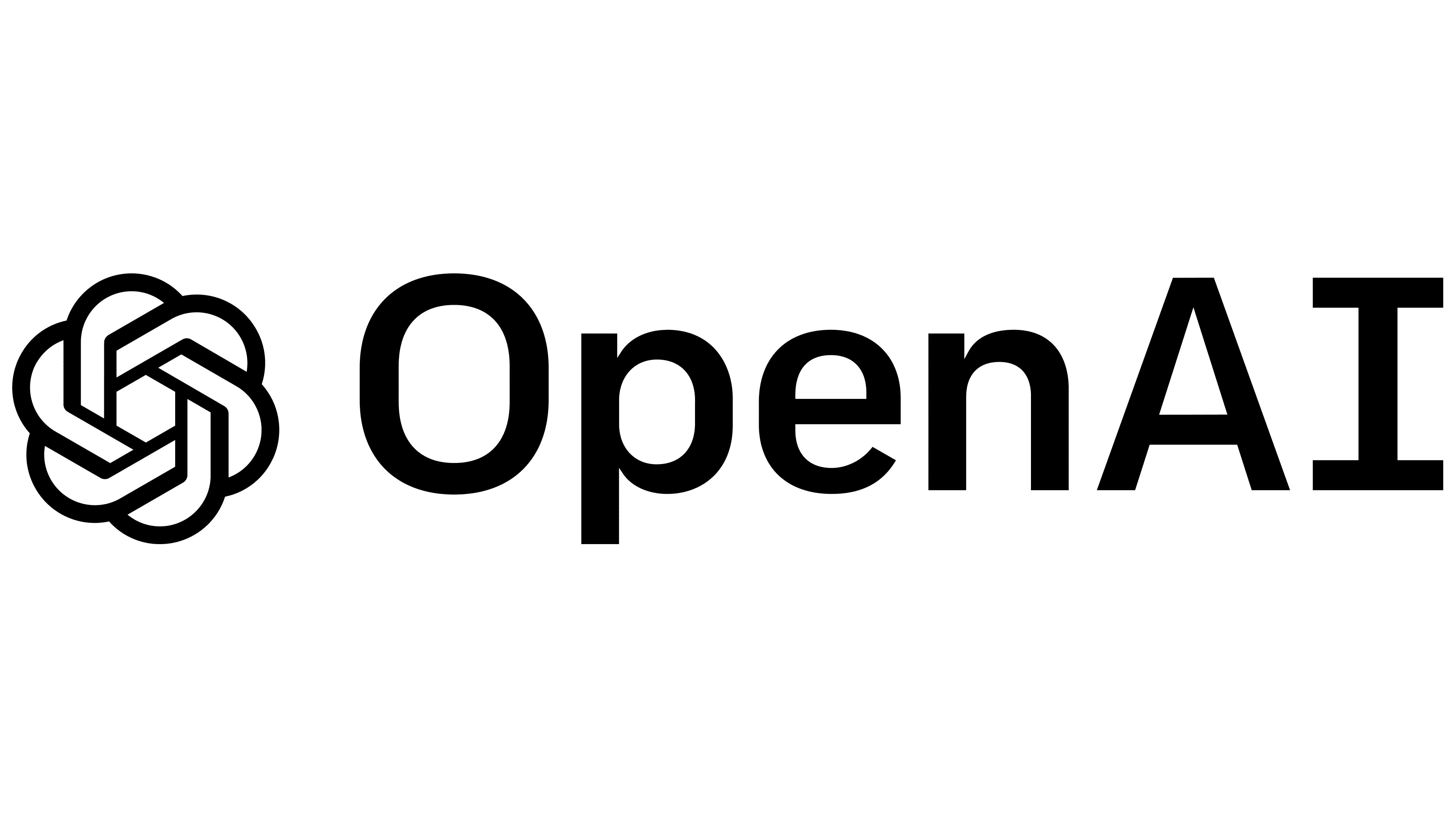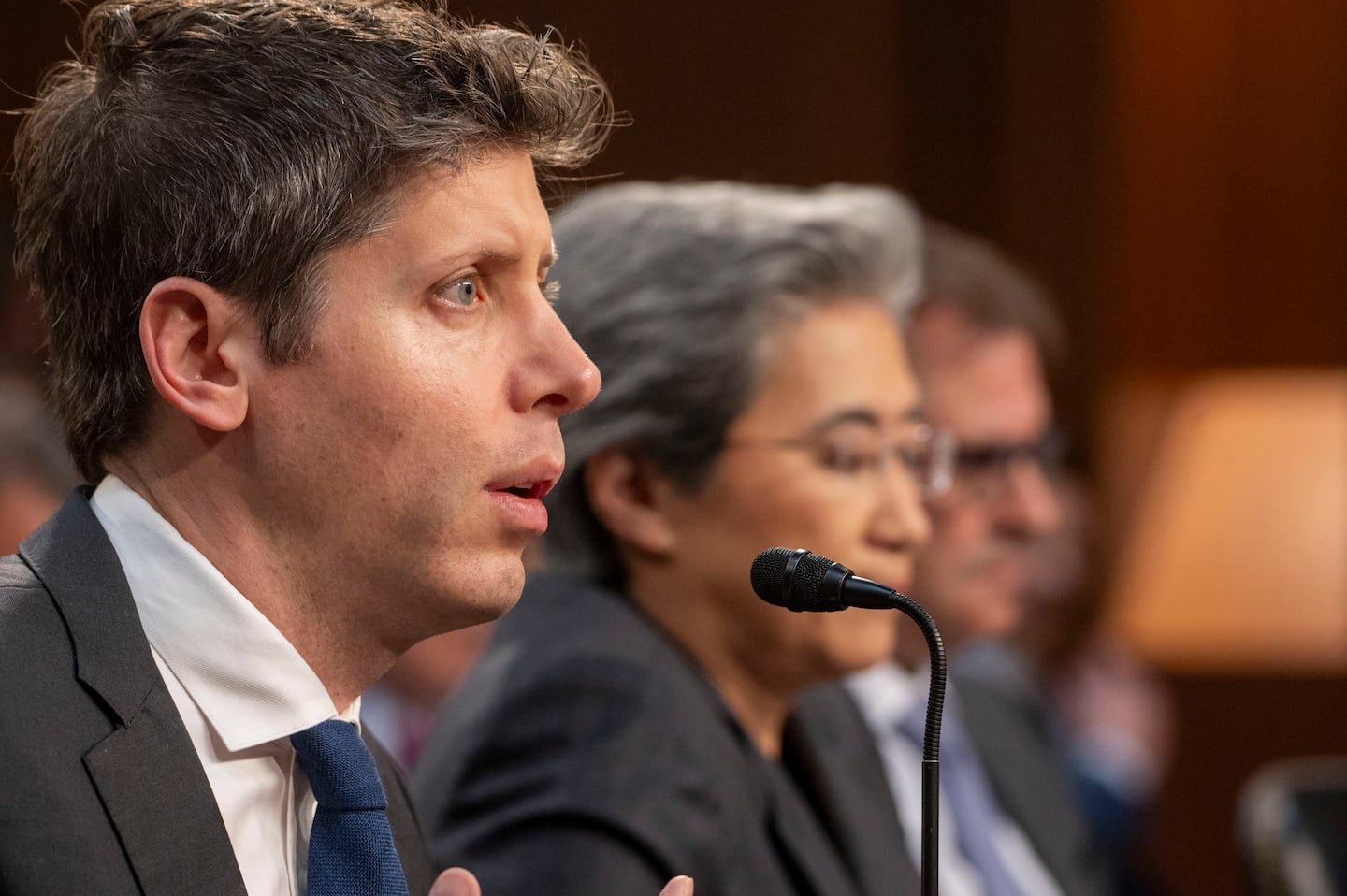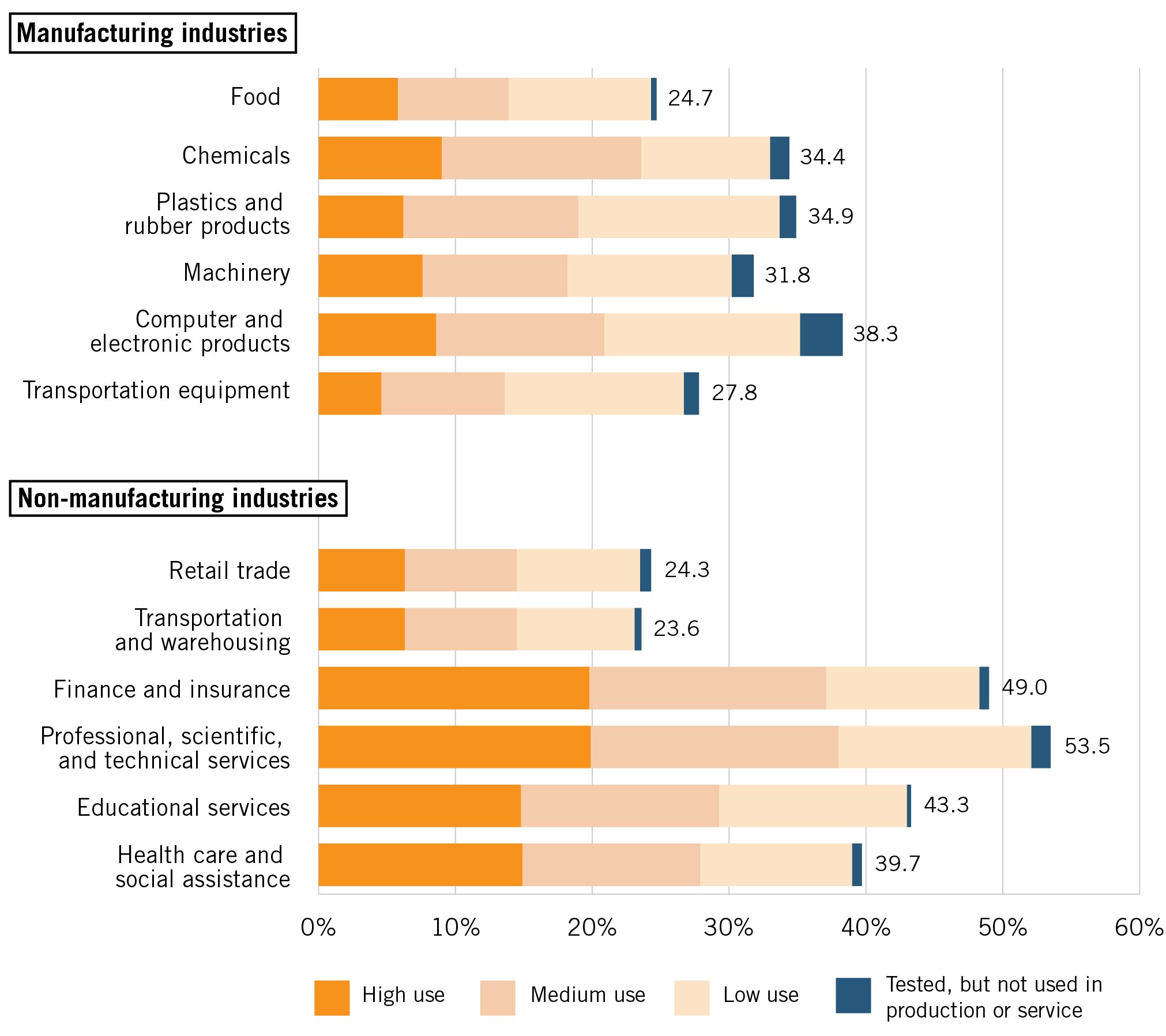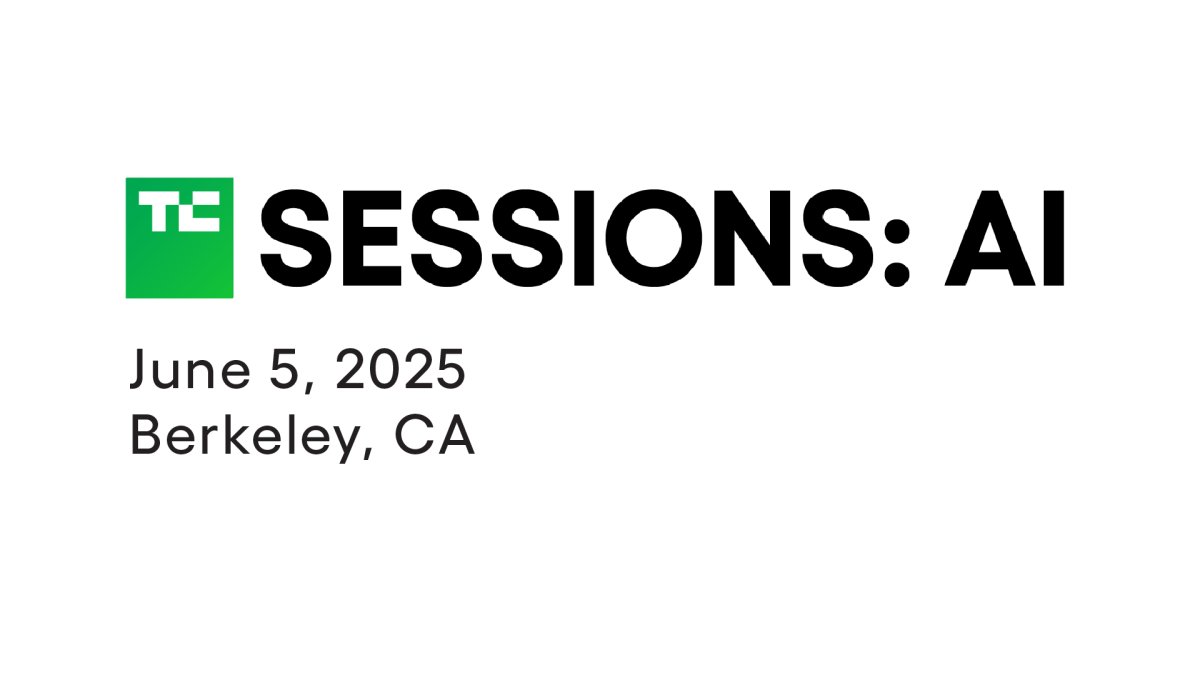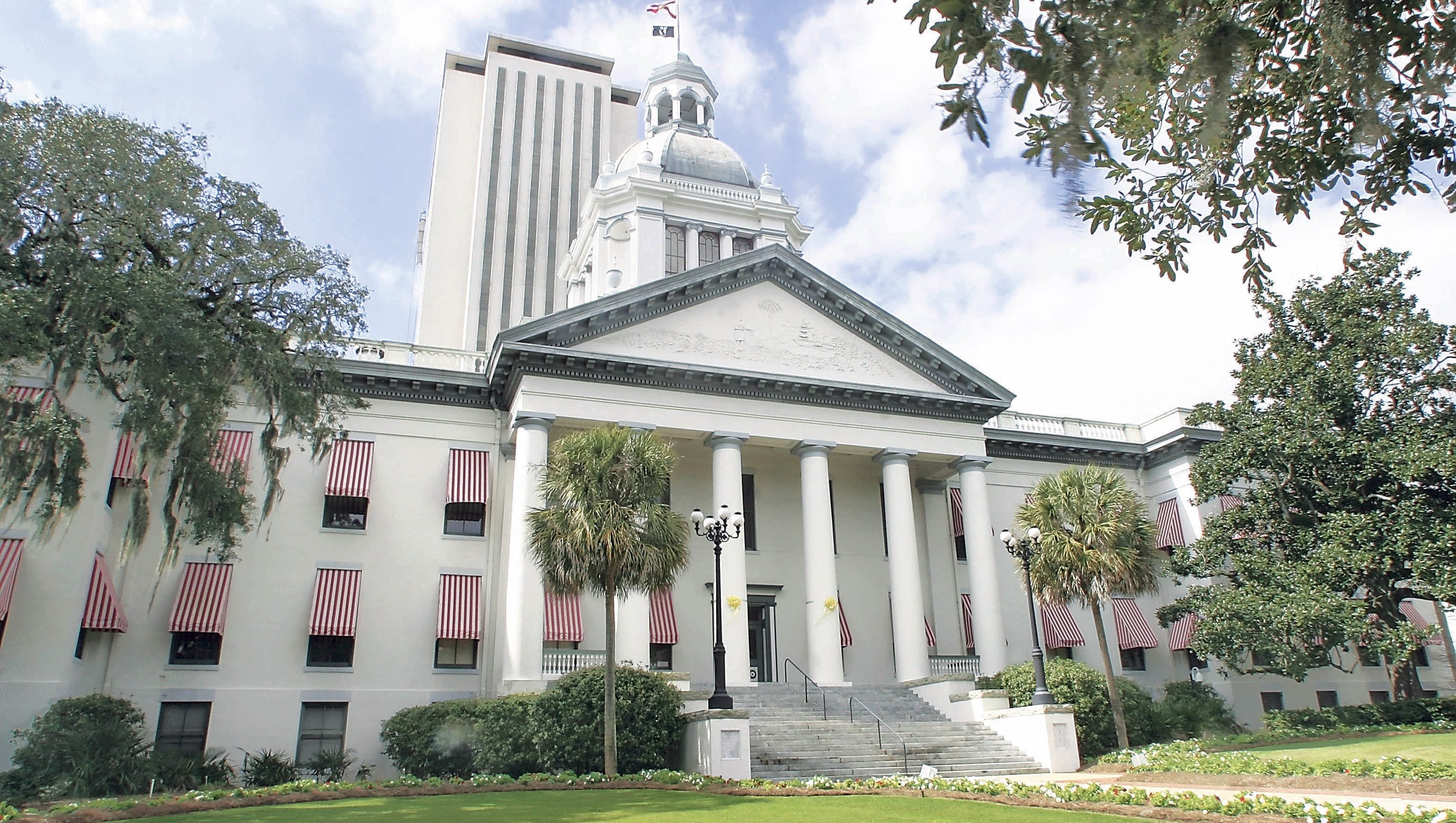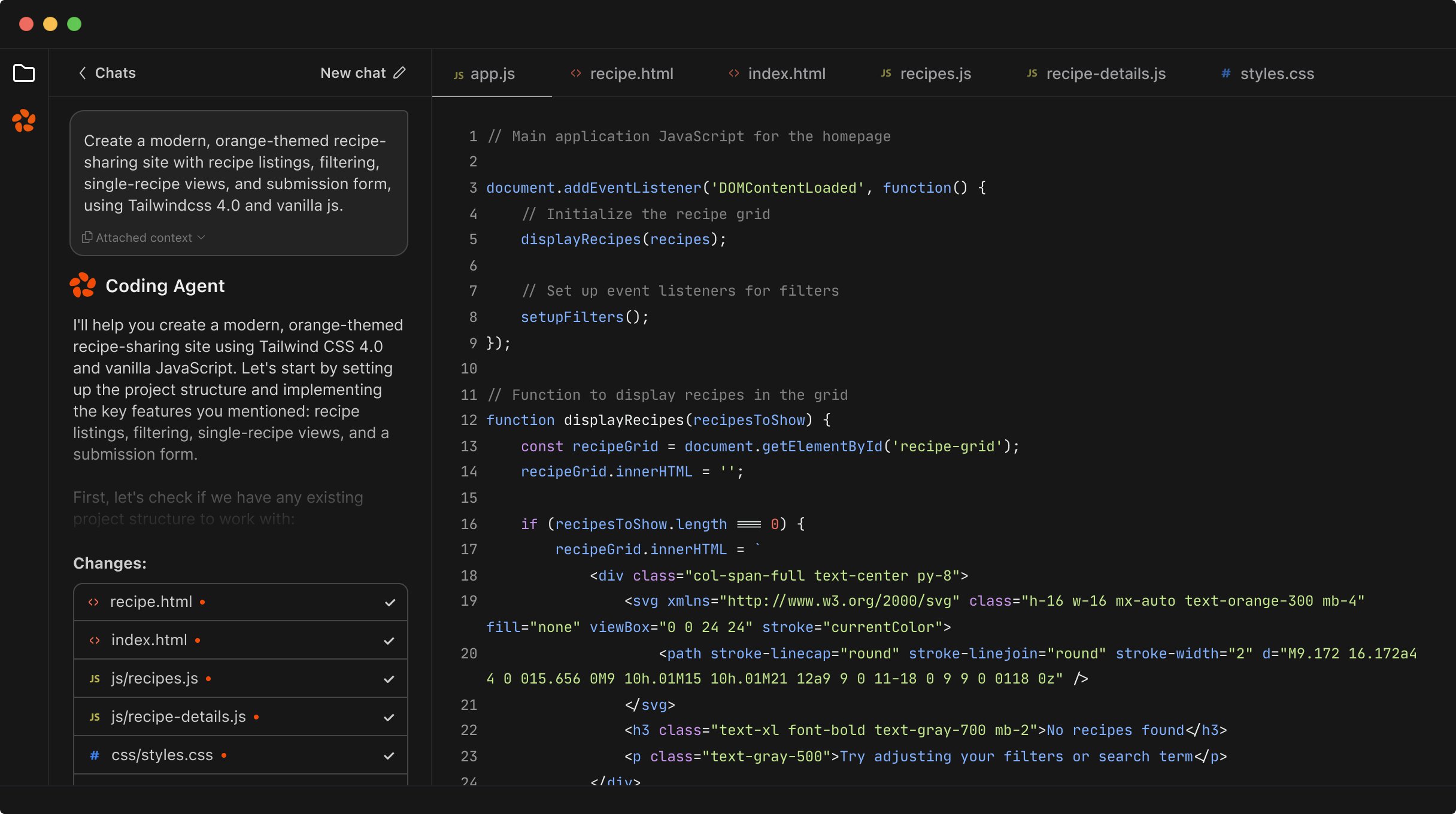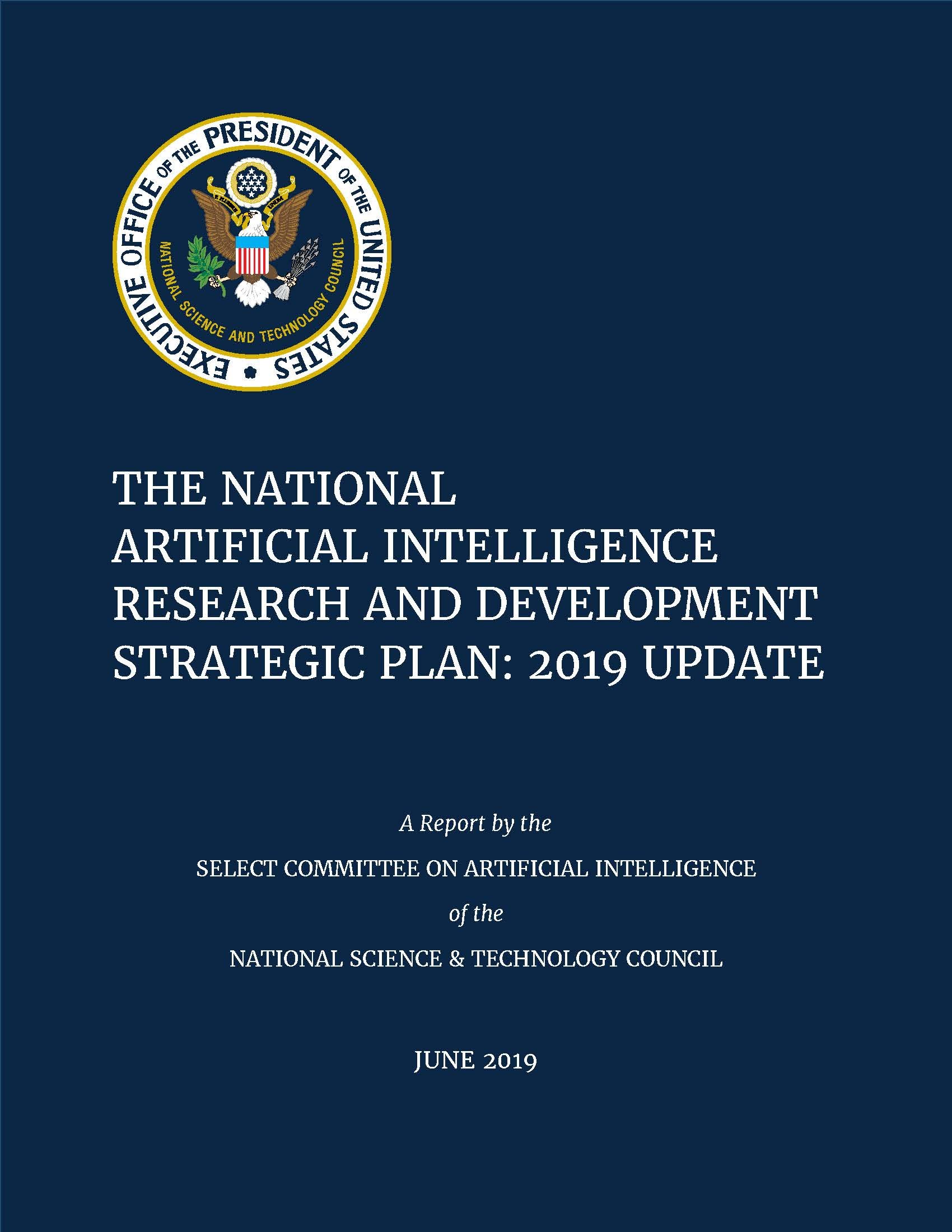On May 8, 2025, top executives from OpenAI, Microsoft, AMD, and CoreWeave addressed the Senate Committee on Commerce, Science and Transportation in a high-profile hearing. They pressed on the urgent need for collaboration beyond national borders if the United States wants to lead and shape the future of artificial intelligence. Their message was unified: No single country can win the AI race alone. They also called on the government to help remove barriers that slow infrastructure growth, talent acquisition, and the responsible worldwide adoption of generative AI technologies.
This hearing took place as the Trump administration moved away from the regulatory approach of the previous administration, favoring a freer, market-driven policy. The Senate session lasted over three hours and covered everything from AI infrastructure to export controls, talent shortages, and open ecosystems.
AI CEOs Urge U.S. to Boost Infrastructure Investment
Executives from OpenAI, Microsoft, AMD, and CoreWeave told the Senate that building a strong AI future will require major investment in physical and digital infrastructure. Sam Altman, CEO of OpenAI, pointed out that while the U.S. leads in AI research, it faces roadblocks in scaling up due to lacking infrastructure like data centers and power sources.
Altman referenced his recent visit to the $500 billion Stargate project in Texas. He stressed that abundant data and abundant energy are central to the next wave of AI progress. Abundant intelligence depends on both cutting-edge technology and reliable power, he said.
Lisa Su, CEO of AMD, reinforced the message by noting that excellence is required at every layer of the technological “stack.” According to Su, leadership demands investment not just in software or chips alone but throughout the supply chain.
Brad Smith from Microsoft identified the “AI Tech Stack” as a framework the U.S. cannot neglect. He emphasized that innovation moves fastest when there’s sufficient infrastructure and support for all levels of development, including platforms and applications. Without rapid growth, the U.S. risks losing its competitive edge to countries like China.
Calls to Accelerate Permitting for Data Centers and Power Plants
One of the largest bottlenecks, according to all speakers, is the slow permitting process for building new data centers and energy plants. AI systems need vast computational power and require extensive energy resources to operate efficiently at scale.
Industry leaders appealed to lawmakers for policy changes that would cut through red tape. They argued that without a faster path to starting these essential projects, energy costs will spike, and delays will become unbearable, threatening both domestic innovation and international standing.
The explosion in AI research and model training has put new strains on the national power grid. Permitting delays for data centers, chip fabrication facilities, and modern power plants can take months or even years. This lag leaves companies unable to meet surging demand or fulfill contracts – especially as generative AI models grow more resource-hungry every year.
The sense among executives is that governments need to foster closer collaboration with industry to streamline approval processes. They argued that a nimble response from regulatory bodies and state agencies will help capture AI’s economic rewards and avoid technological stagnation.
Growth of the AI Tech Stack and Supply Chain Challenges
Brad Smith of Microsoft described the AI Tech Stack as the set of layers powering all innovation in the space – from hardware to core models and user-facing applications. Success at every layer is vital, and even a single weak link can hinder progress for the entire sector.
AMD’s Lisa Su called attention to supply chain bottlenecks, particularly the ongoing shortage of GPUs critical for AI training and inference. Building more chip fabrication plants in the U.S. was a cornerstone of the 2022 Chips and Science Act, but progress has been uneven. Local chip production remains expensive and slow, with ambitious targets still out of reach.
Companies like Cerebras and CoreWeave have announced new data center projects to address these shortages, but demand for processing power is growing even faster. Without enough high-quality chips, U.S. companies may miss out on developing the next generation of high-performing AI models.
The executives highlighted the need for a balanced approach to supply chain management. They want expanded funding for research, more efficient permitting, and efforts to secure critical minerals and parts domestically. This holistic approach is seen as the only way to ensure U.S. independence and resilience in a world where AI fuels so much economic activity.
Labor Shortages and Need for Tech Talent
The AI sector faces a growing shortage of skilled workers, especially in technical roles like electricians for new data centers, software developers, and chip designers. Without enough qualified people in key positions, even the best infrastructure and investment may lead to underused capacity.
Executives pressed the Senate for policies that support more training, apprenticeships, and immigration pathways for high-skilled tech workers. They stressed that American universities aren’t producing enough new graduates in critical disciplines to fill the gap.
There is also major competition for talent internationally, with other countries rolling out incentives and recruiting aggressively. Some U.S. companies struggle to bring in foreign employees quickly due to visa backlogs or opaque application processes.
Finding more creative ways to attract and retain workers is now a top priority. This could mean expanding programs in STEM education, streamlining tech immigration, or creating new career-focused public-private partnerships.
In the words of Microsoft’s Brad Smith: “Innovation will go faster with more infrastructure, faster permitting and more electricians.” Every missing worker is a missed opportunity in the AI race.
Republican Approach Favors Market-Led AI Development
The 2025 Senate hearing reflected the division between Democrats’ preference for strong oversight and the Republican majority’s market-first philosophy. The Trump administration has pivoted away from Biden-era executive orders aimed at regulating AI deployment and development.
Republican senators indicated that the current administration plans to minimize government interference in the AI sector. Instead, it will focus on letting the market direct growth, development, and investment decisions – a stance intended both to spur competition and keep America’s lead over China.
Senator Ted Cruz of Texas proposed the idea of an AI “regulatory sandbox.” This would be a special regime where AI startups and scale-ups could test and develop products under lighter oversight rules, allowing for faster iteration and lower compliance costs.
While this approach is popular with many industry leaders, critics say it comes with potential downsides. Lack of clear guidance or guardrails could lead to unforeseen consequences, including bias, unsafe systems, or misuse by hostile actors.
Debate Over AI Regulation and Government Role
In the hearing, the question of how much the government should intervene in AI was widely debated. Executives agreed that some level of regulation is necessary, mainly for safety, security, and to build global trust. However, they cautioned against overly strict controls or “pre-approval” regimes similar to those seen in the European Union.
OpenAI’s Sam Altman previously suggested stronger oversight for advanced models but now joins peers in warning that heavy-handed rules could slow down American innovators. The consensus is that government should set standards, not dictate or pre-approve every release or use case.
Some experts argue the U.S. risks falling behind not just China but also Europe if it creates a patchwork of uncertain or unpredictable regulations. Executive testimony emphasized the need for clear, responsive policies that allow companies to scale quickly and responsibly.
Many believe the best path is ongoing public-private dialogue, with policymakers working closely alongside technologists. This iterative approach would let the government respond to emerging challenges without stifling the core advantages of America’s dynamic tech sector.
AI Diffusion: Encouraging Adoption Across Sectors
“AI diffusion” was a watchword among Senate witnesses – the concept that AI technologies need to be integrated into every corner of the U.S. economy if America is to lead. Boosting productivity and fostering homegrown innovation means getting AI tools into manufacturing, healthcare, finance, logistics, and more.
Brad Smith of Microsoft called for faster diffusion of generative AI models, not just in the technology sector but everywhere. He argued that increasing adoption drives up national productivity, opens new opportunities, and helps workers become more innovative in their roles.
Industry representatives said the U.S. is well-placed to benefit from widespread AI implementation, but that barriers remain. Smaller companies face hurdles including technical know-how, access to capital, and training “non-tech” middle managers on how to use AI tools in practical ways.
There is a consensus that government and industry need to invest in AI training at every level. Grants, competitions, tax incentives, and pilot programs can all encourage more organizations to put advanced models to work for competitive advantage.
International Talent and the Question of Immigration
AI companies have made it clear: access to international talent is essential to maintain U.S. leadership. Tech CEOs told senators the U.S. must expand legal pathways for foreign engineers, researchers, and data scientists, or risk ceding ground to countries with more open approaches.
Also Read
Square Enix Symbiogenesis Expands on Sony Soneium Blockchain
Immigration has become a flashpoint as the Trump administration pushes for policies that prioritize American workers and companies. However, business leaders argue that truly global innovation cannot happen in an insulated market. U.S. teams often depend on the world’s best minds, wherever they come from.
Executives are seeking reforms that streamline the hiring process and reduce visa backlogs for critical talent. They want more flexibility in bringing in new hires for jobs that are in shortest supply – particularly from countries with strong math, engineering, and computer science traditions.
Failure to adapt, they caution, could mean American firms lose out to competitors in Canada, the UK, or Asia, which are actively courting international professionals with friendlier policies and fewer restrictions.
Export Controls and Impact on Global AI Leadership
Export controls on AI chips and advanced models have become a key policy battleground. Rules put in place during the Biden era limited which countries could receive certain U.S.-made AI chips and technologies, notably restricting access by China and other “tier two” nations.
Also Read
Last Chance to Exhibit at TechCrunch AI Sessions at Berkeley
Many in the industry argue that these controls – while rooted in national security concerns – hurt U.S. competitiveness in global markets. By denying access to American products, the government risks pushes foreign buyers towards rivals with fewer restrictions.
Microsoft’s Brad Smith noted that the current caps sent a negative signal to as many as 120 countries, undermining confidence that they could rely on American firms. At the hearing, executives called for more nuanced, flexible export policies, warning that the U.S. cannot lead globally if its companies have to turn away much of the world.
There’s recognition that some security measures are needed to prevent dangerous technologies from falling into the wrong hands, but calls for greater balance and sensitivity to business realities dominated the discussion.
Updates to AI Chip Export Policies
While the hearing was ongoing, the Commerce Department announced it would soon modify export rules affecting AI chips. Specifically, it rolled back some Biden-era restrictions that had limited which countries could receive advanced chips made by American companies. The new rule is set to take effect on May 15, 2025.
Also Read
Florida Encryption Backdoor Bill for Social Media Fails to Pass
For industry leaders, the move was a welcome signal that the administration is open to revisiting regulations as market conditions and geopolitical risks evolve. Companies hope looser rules will reopen access to vital overseas markets while still addressing security or strategic concerns.
These changes are expected to strengthen U.S. companies’ prospects abroad and restore lost business relationships in regions previously cut off by blanket export bans. It’s a shift toward a more selective, dynamic, and business-aware approach to industrial policy.
Open Ecosystems Versus Controlled AI Markets
Open ecosystems were repeatedly described as the “cornerstone of U.S. leadership” by Lisa Su and other witnesses. In practice, this means allowing ideas, talent, and technologies to flow relatively freely, with minimal restrictions on entry and innovation.
Industry leaders argued that open systems reduce barriers, stimulate competition, and expose weak points much faster than closed models. The comparative lack of early-stage regulation in the U.S. has allowed generative AI to progress rapidly, outpacing more cautious approaches seen in the EU and elsewhere.
Also Read
Apple’s New Chips Target Smart Glasses, Macs, and AI Hardware
However, there was also caution: open ecosystems require vigilance on issues like security, safety, and bias. The consensus among CEOs is to find the right balance, keeping ecosystems dynamic and open while introducing commonsense standards focused on public good.
Corporate Perspectives on U.S. Versus EU Regulation
The American industry remains wary of the kind of pre-approval regulations being pushed in Europe. In the EU, new rules often require companies to submit models to authorities before launch, resulting in slower product cycles and higher costs.
U.S. executives want legislators to avoid this route, seeing it as an obstacle to innovation. Instead, they called for a system that encourages innovation and competition without preemptively second-guessing technological advances.
Still, many corporate leaders do want government standards – especially around safety, transparency, and accountability – to avoid reputational or national security backlashes. The sweet spot, as described in testimony, is “light touch” oversight that preserves speed and ambition while minimizing worst-case harms.
Also Read
Widespread Timeline Issues Hit X as Users Report Outages
Social Media Reactions and Industry Critiques
The Senate hearing drew a wide variety of reactions online and in business media. Some commentators noted that executives like Sam Altman have shifted their public stances, having previously asked for more oversight of powerful AI tools.
Policy shifts, both from government and the companies themselves, are drawing skepticism as the world grapples with how to keep AI safe without stifling progress. Critics pointed out past failures when companies were given free rein in emerging tech sectors, such as social media, pointing to potential pitfalls in a similar approach for AI.
International observers analyzed the hearing as a potential signal to other countries, which may adjust their own AI strategies based on how the U.S. responds to industry warnings and legislative debates.
The discussions will likely continue on social platforms and in policy forums as the global race around artificial intelligence continues.
Also Read
Zen Agents by Zencoder: Team-Based AI Tools Transform Software Development
Future Directions for U.S. AI Leadership
As the United States assesses its AI policy path, the tension between openness and security, speed and control, will remain at the heart of the debate. Corporate leaders and lawmakers will keep discussing how to support innovation, secure the tech stack, and make the most of American talent and resources.
Long-term leadership in AI may require regular legislative updates, new public-private investment models, and a willingness to adapt export and immigration policies to a fast-moving technological landscape. There is broad agreement that cooperation, both at home and abroad, will ultimately be the deciding factor.
The hearing, and any actions that follow, will set the stage for how the U.S. and its partners pursue the next wave of the digital revolution.
